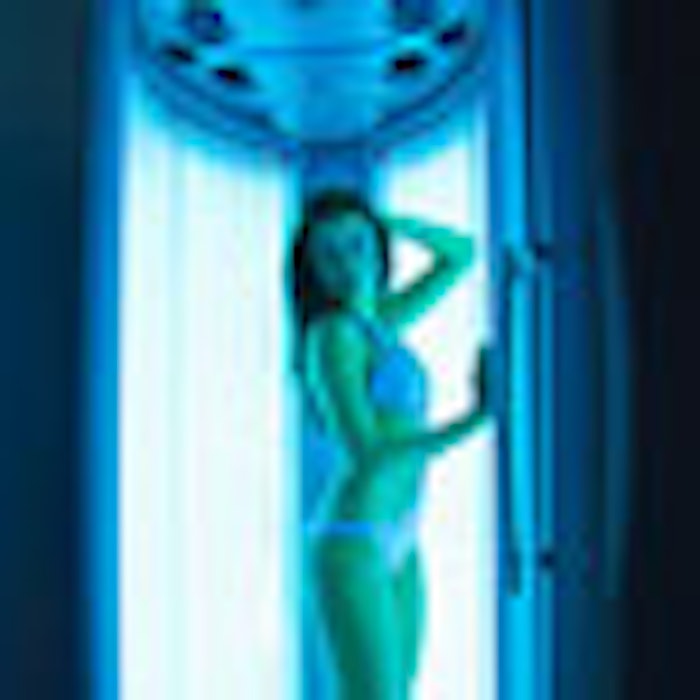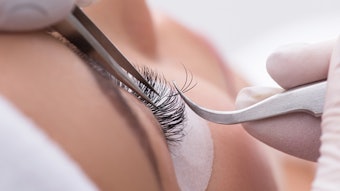
In a nod to Governor Andrew Cuomo's recently signed bill that bans the use of indoor tanning beds for New York youth under the age of 17, the founder and director of New York and New Jersey-based Advanced Dermatology PC says the increased use of tanning beds by teenagers has contributed to the sharp rise in melanoma rates.
"It has been proven that indoor tanning increases the risk of skin cancer and premature aging. We applaud Governor Cuomo's efforts and hope that other states take note of New York's proactive position on reducing skin cancer and follow suit," says Joshua Fox, MD, who is the founder and director of New York and New Jersey-based Advanced Dermatology PC and a skin cancer expert.
According to the American Academy of Dermatology, more than 1 million people tan in a tanning salon on a daily basis. Nearly 70% of tanning salon patrons are primarily 16- to 19-year-old Caucasian females. Nearly 28 million people tan indoors in the US annually. Of these, 2.3 million are teens.
Many surveys have found that teens put tanning sessions at the tops of their "to-do" lists for one reason: vanity. From high school proms to college homecomings, from "date night" to "girls' night out," teens are aware of the cultural and societal pressures to look their best, and many of them have turned to tanning salons to help them in their quest.
According to Fox, tanning has been shown to release endorphins which give the teen a natural high. This encourages them in an almost addictive manner to continue tanning and puts them at risk for melanoma, which is linked to excessive sun exposure particularly in the first 10 to 19 years of life.
"The reason teens are so at risk is that they are still experiencing such tremendous growth at the cellular level," Fox adds.
The United States Department of Health and Human Services and the International Agency of Research on Cancer has declared ultraviolet radiation from the sun and artificial sources, including tanning beds and sun lamps, as known carcinogens, a cancer-causing agent.
Studies have found a 75% increase in the risk of melanoma in those who are exposed to UV radiation from indoor tanning. Evidence has also shown that exposure to UV radiation from indoor tanning is associated with an increased risk of melanoma and non-melanoma skin cancers including squamous cell carcinoma and basal cell carcinoma.
In addition, exposure to UV radiation from indoor tanning, studies have shown, damages the DNA in the skin cells and can lead to premature skin aging, immune suppression and eye damage.
On July 17, Cuomo signed the indoor tanning legislation into effect, which takes effect in 30 days from the date signed. The bills A 1074 and S 2917 will still require parental consent for 17 year olds for the use of indoor tanning devices.










